Greenhouse Cost and Sizes
Our greenhouse cost and sizes in Kenya are directly related because the greenhouse price per unit area decreases with an increase in the size of the greenhouse.
5 Key Factors That Determine Our Greenhouses Prices In Kenya
- unit size. The larger it is, the costlier it becomes for the reason that it take in more material and labour. The choice a greenhouse of size is determined by; land area, water availability, and a grower’s budget
- design. A tunnel type greenhouse is less costly than a vented type. This is because the latter has a larger roof surface area. Tunnel type greenhouses are for cooler highland locations, while the vented types are for warmer mid to low altitude areas. co-joined units are less costly than single units. For intance, 3 units measuring 30M x 8M built separately are more expensive than contructing them as one co-joined unit measuring 30M x 24M
- greenhouse construction frame material of the unit. Grekkon Limited as a top greenhouse construction company in Kenya, has an option of a low cost greenhouse constructed from timber. This is referred to as a wooden greenhouse, or the option of the more pricey metallic greenhouse. Both serve the same purposes
- frame treatment undertaken. Timber for greenhouse construction in Kenya is either treated with light organic solvent preservative (LOSP), or with used motor oil. These treatments protect the timber from termite attack. LOSP treatment is costlier, and preserves the wood longer. Motor oil has to be re-applied every so often and should not be in contact with the crop. Steel is either galvanised with zinc, or an aluminum paint coat is applied on the surface. In this too, the former treatment is costlier, and remains for long
- greenhouse crop type. our greenhouse construction cost in Kenya for each of these types is determined by the crop type. For instance, an indeterminate crop that requires an internal crop support system will have a more costly greenhouse than a short strawberry crop. The greenhouse installation cost of a plant propagation unit with misters and foggers is higher than a herbs and spices unit without such

A galvanised metallic greenhouse vegetable production unit
Greenhouse construction in Kenya
These are the materials that determine our greenhouse installation prices in Kenya
I. UV treated greenhouse polythene with anti drip properties
This is the key material that protects the crop from the elements of weather; sun, wind and rain. It creates the ‘greenhouse effect’, and minimises disease and pest incidences on the crop. It is either clear or yellow in color. Clear greenhouse polythene for fruiting crops, or in ornamentals, bi or multi colors. This is because it allows in more light which these need for photosynthesis, the process that makes food for the plants. Yellow is for vegetative crops, and mono color ornamentals. In mono color ornamentals, it intensifies the color
II. Galvanised steel bars
They provide structural support to the greenhouse, and also to the crop as ‘crop support structures’ for tall indeterminate crops such as; tomato, peppers, and cucumbers
III. UV treated high density insect nets;
These keep away insect pests. They are for self pollinating (do not require external pollinators such as insects and birds) greenhouse crops
IV. Bird nets
These are only used in greenhouse crops that require insect pollination from bees, butterflies, hornets and many other pollinating insects. They allow in the insects, but keep away bird pests. An example of such a crop is strawberry
V. Profiles
They are screwed onto the galvanised steel bars so that the greenhouse cover is tucked in them
VI. Wiggle wires
Once the greenhouse cover is tucked in the profile, wiggle wires keep it in place so that it is not removed by wind or other physical force. Wiggle wires have a plastic covering to prevent damage to the greenhouse paper the are in direct contact with
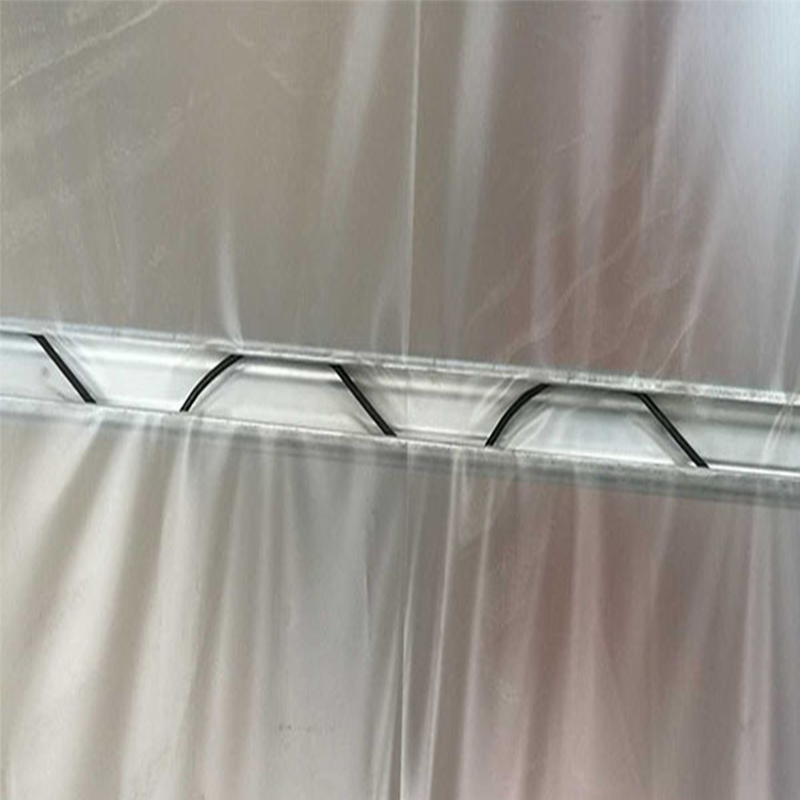
Wiggle wires hold in place a clear greenhouse polythene sheet tucked in a profile
VII. Screws
The join the profiles to the galvanised steel structure
VIII. Concrete
This is what supports the galvanised steel structures on the ground and keeps them upright
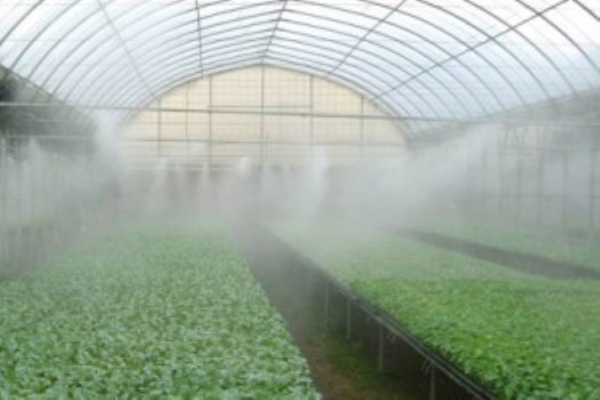
Humidification through misters in a seedlings propagation greenhouse
Successful greenhouse farmers in Kenya grow both none food and food crops in our metallic greenhouses. Common greenhouse food crops are; tomato, peppers, strawberries, and cucumber. Galvanised steel bars, insect netting, screws, and profiles are our greenhouse construction materials. With labor addition, all now constitute your final greenhouse cost
Every Grekkon Limited greenhouse has a drip irrigation system for crop production, or a misting/ fogging system for seedlings propagation. Sprinkler irrigation systems are not installed in greenhouses
Greenhouse Cost And Sizes
Greenhouse Investment In Kenya FAQs
1.What is greenhouse farming?
2. What is the most profitable crop to grow in a greenhouse?
3. How profitable is greenhouse farming in Kenya?
Greenhouse farming consists of self-pollinating crops such as greenhouse indeterminate tomatoes, peppers, and cucumbers, and also insect-pollinated crops like strawberries. These are high-value crops that require intense attention and protection from pestilences such as; hail, drought, pest, disease, storms, and cold. They are moderately profitable.
We design none food metallic greenhouses for flowers such as; roses, carnations, and chrysanthemums, and herbs such as geraniums, mint, basil, rosemary, and lemongrass. These crops are highly profitable and are grown by successful greenhouse farmers in Kenya.
4. How do you build a greenhouse?
Greenhouse farming in cool highland zones will have a tunnel-type greenhouse constructed because it conserves heat, while those in the warm lowlands will have a vented type greenhouse that allows better cooling. The difference between the two greenhouse types is that the vented type has a roof top ventilation. This is created by overlapping one side of the roof above the other (see the wooden greenhouse image below)
Our sizes range are small, medium and large
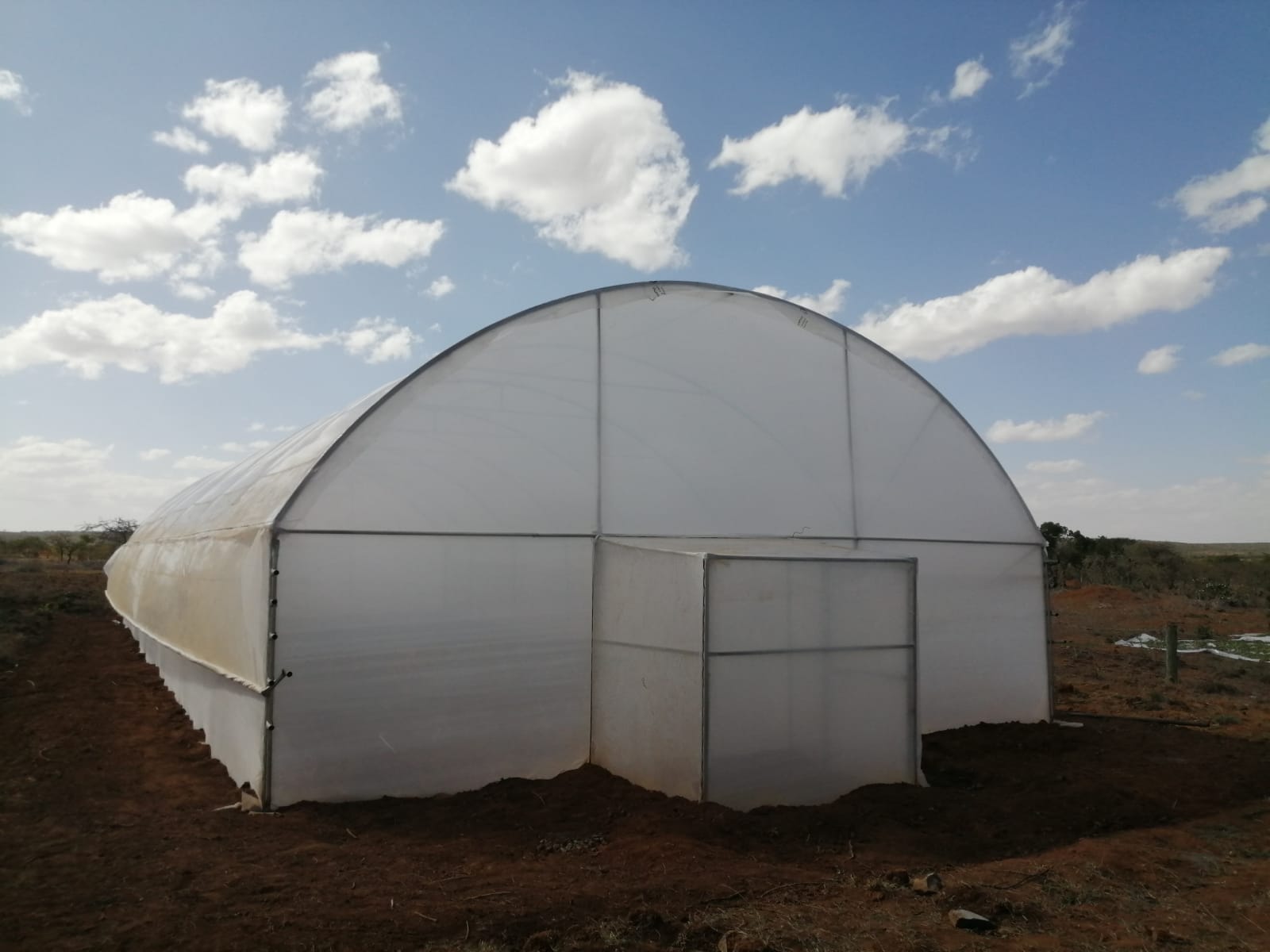
A 30M x 8M tunnel type greenhouse by Grekkon Limited in Rimuruti area, Laikipia county. Notice the front sanitary pouch, and side roll up
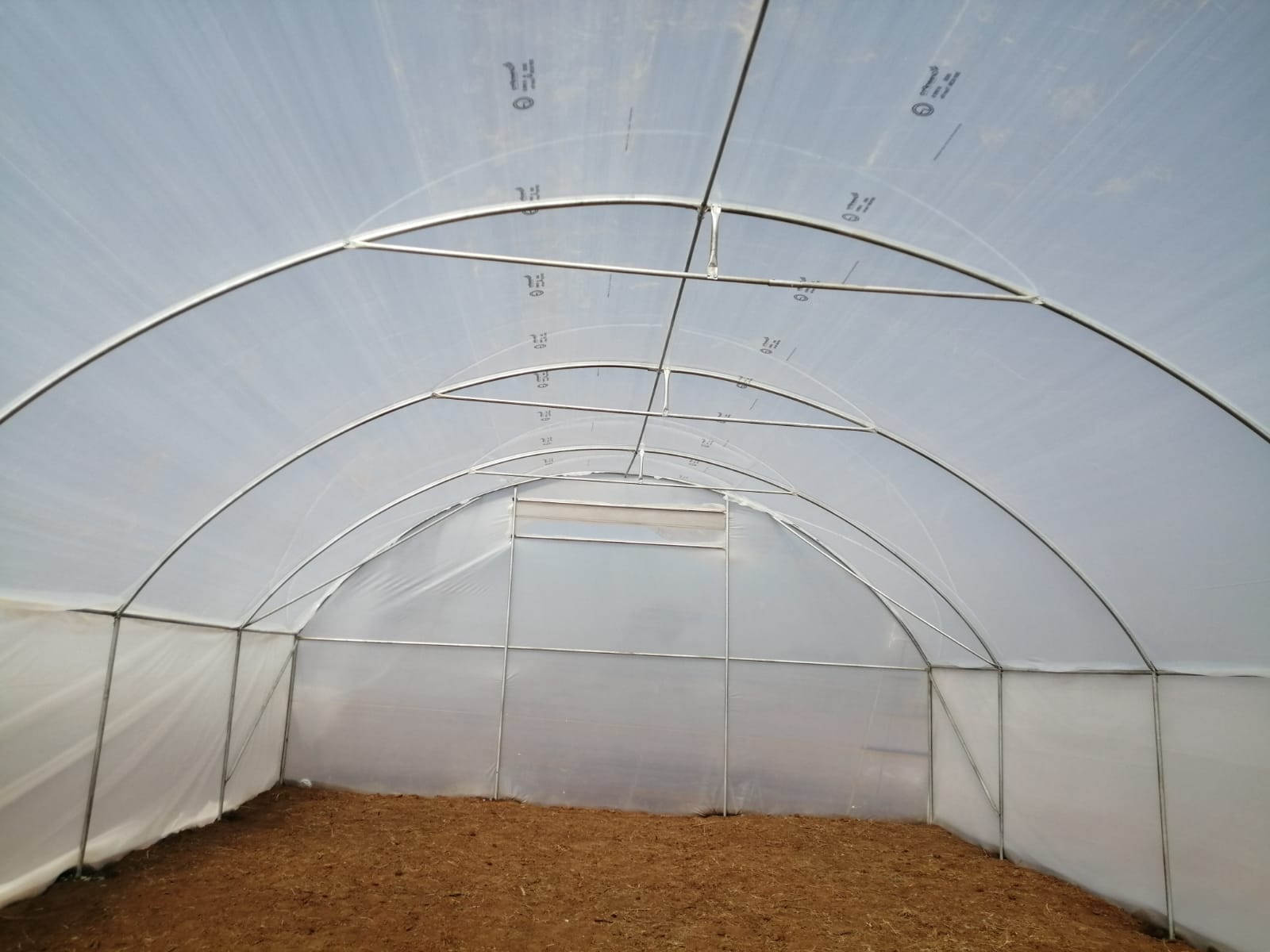
The interior of the tunnel type greenhouse
5. How much does a greenhouse cost?
How much does it cost to set up a greenhouse in Kenya?
Below are our greenhouse cost and sizes for galvanized metallic greenhouse tunnel-type structures with a drip irrigation kit, side roll-ups, and an entry pouch. We offer a crop support structure, a 1,000L tank, PPE kits, fertilizer, and seeds package at an extra cost. Consideration is made for a grower’s greenhouse budget. These prices include all greenhouse materials in Kenya
A. Small
| Dimensions in meters | Tomato Crop Population | Price in KES |
| 15 x 8 | 600 | KES 195,000 |
| 24 x 8 | 800 | KES 275,000 |
| 30 x 8 | 1,200 | KES 365,000 |
| 40 x 8 | 1,500 | KES 530,000 |
| 48 x 8 | 1,600 | KES 600,000 |
B. Medium
| Dimensions in meters | Tomato Crop Population | Price in KES |
| 24 x 16 | 1,500 – 1,600 | KES 540,000 |
| 30 x 16 | 2,400 | KES 660,000 |
| 40 x 16 | 3,000 | KES 990,000 |
C. Large
From 800M square. Kes 900 per meter square. We customise our price according to size, and your greenhouse budget
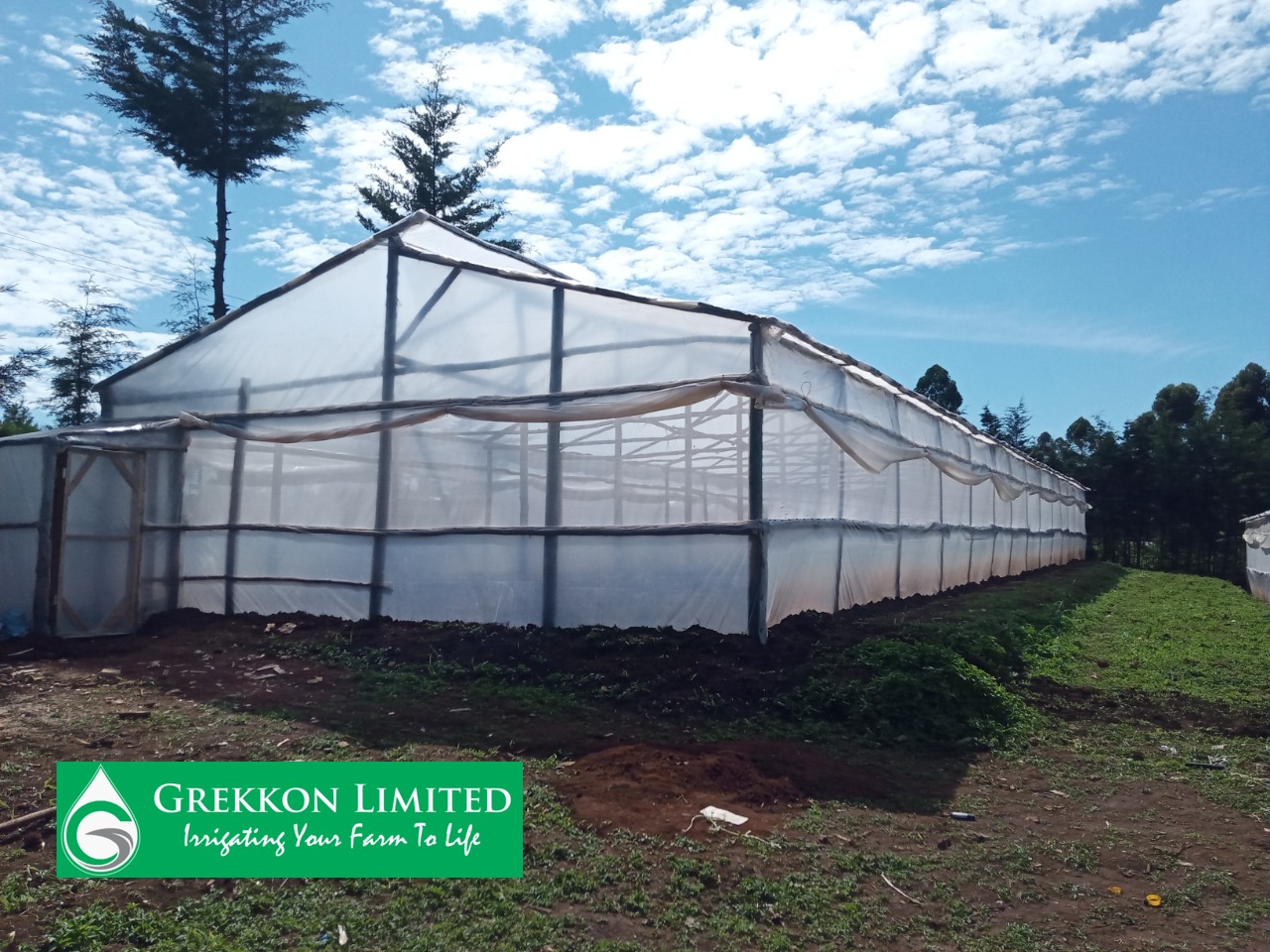
A low cost vented type wooden greenhouse in Kenya by Grekkon Limited
6.How thick does the plastic need to be for a greenhouse?
It will be 200 to 220 microns. Our greenhouse polythene price in Kenya is Kes 96/MSQ
7. What is the best covering for a greenhouse?
8. Are greenhouse tomatoes better than outdoor tomatoes?
Greenhouse tomatoes have less pesticide applied to them because the crop is protected. Greenhouse tomato farming prevents high pests and diseases outbreak. These tomatoes have a lower shelf life than open field tomatoes because their rind is softer than open field tomato. Complete exposure to the sun is what gives open field tomato tougher rind, assuming the same level of nutrition for both. To increase the shelf life of greenhouse tomato, calcium and boron feeding is necessary
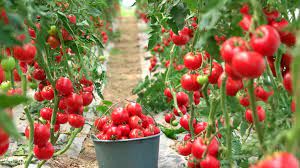
Ripe greenhouse tomato fruit
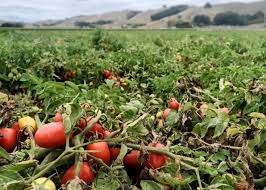
Ripe open field tomato fruits
9. How well can a small-scale farmer run a greenhouse?
Grekkon Limited has developed manuals to assist small-scale farmers to achieve high yields in their greenhouses. We also conduct crop assessment visits during the first 4 months of production, free of charge. The reason we make it 4 months is because by this time, the crop has been harvetsed severally and the farmer knows all the basics of production
Greenhouse Cost And Sizes
Summary
For your greenhouse investment in Kenya, we provide a kit for an additional cost that consists of;
- Fertiliser (planting and topdressing)
- Pesticides; insecticides (long and short PHI), and fungicides (preventive and curative)
- Personal protective equipment
- goggles
- gas mask
- overalls
- gloves
- gumboots)
- A 20-liter knapsack sprayer
This secures your greenhouse budget. Our technical team is at hand to guide growers on the best greenhouse cost and sizes based on; crop type, location, and budget.
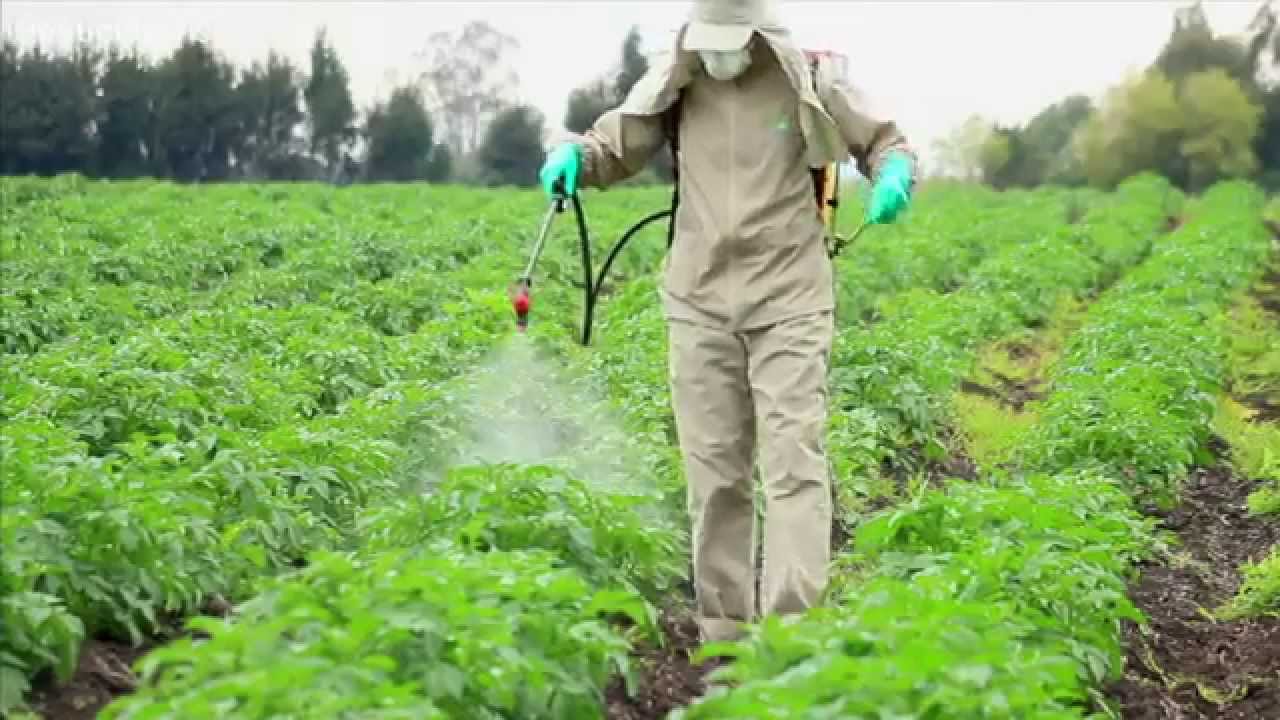
Spraying agrochemicals on a young open field tomato crop donning the full PPE kit
How profitable is greenhouse farming in Kenya?
How to get high yields in your greenhouse farming
1. Soil test
Conduct a soil test to determine the right fertiliser regime. A soil test will be done in a soil testing laboratory after soil samples are collected from the site.
2. Nutrition
Before making your beds, trench to 2 feet and add manure mixed with soil and ash then do your bed over this trench. This will feed your indeterminate crop for many months, providing consistent productivity
3. Water usage
Drip irrigation is the method of watering your greenhouses. Tomato farming, strawberry farming, pepper farming, herbs farming, cucumber farming, and for every crop in the greenhouse.
4. Crops to grow
Indeterminate vegetable crops like; tomato, cucumber, strawberries herbs, and peppers. This is because the yield over a prolonged period of time, which is key in returning the greenhouse investment
5. Pests and diseases
Greenhouses reduce the incidence of pests and diseases because the crop is under a protective greenhouse cover

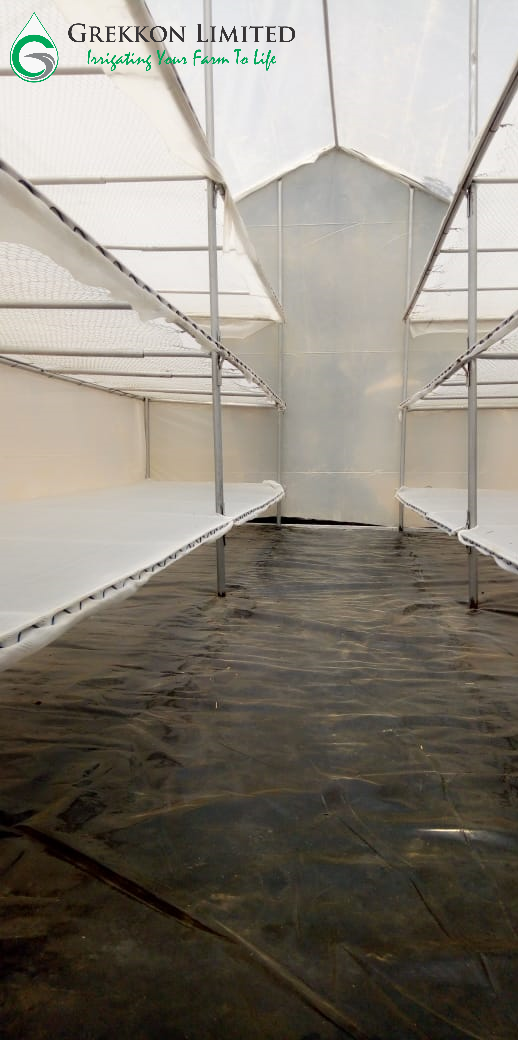
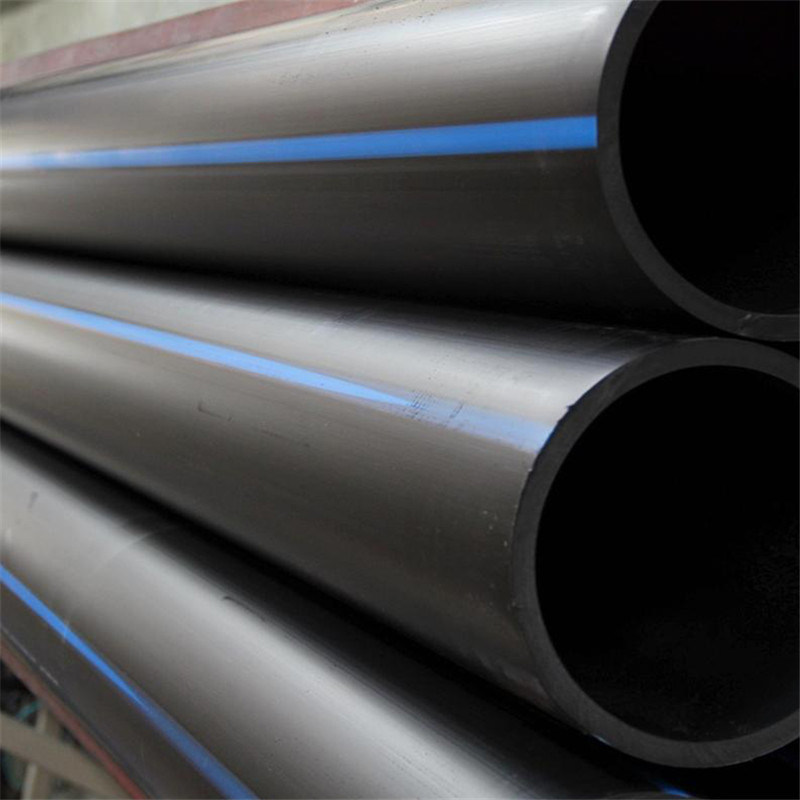
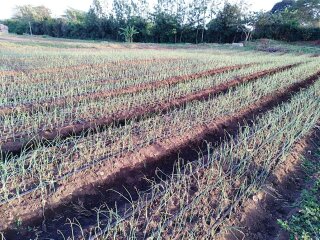
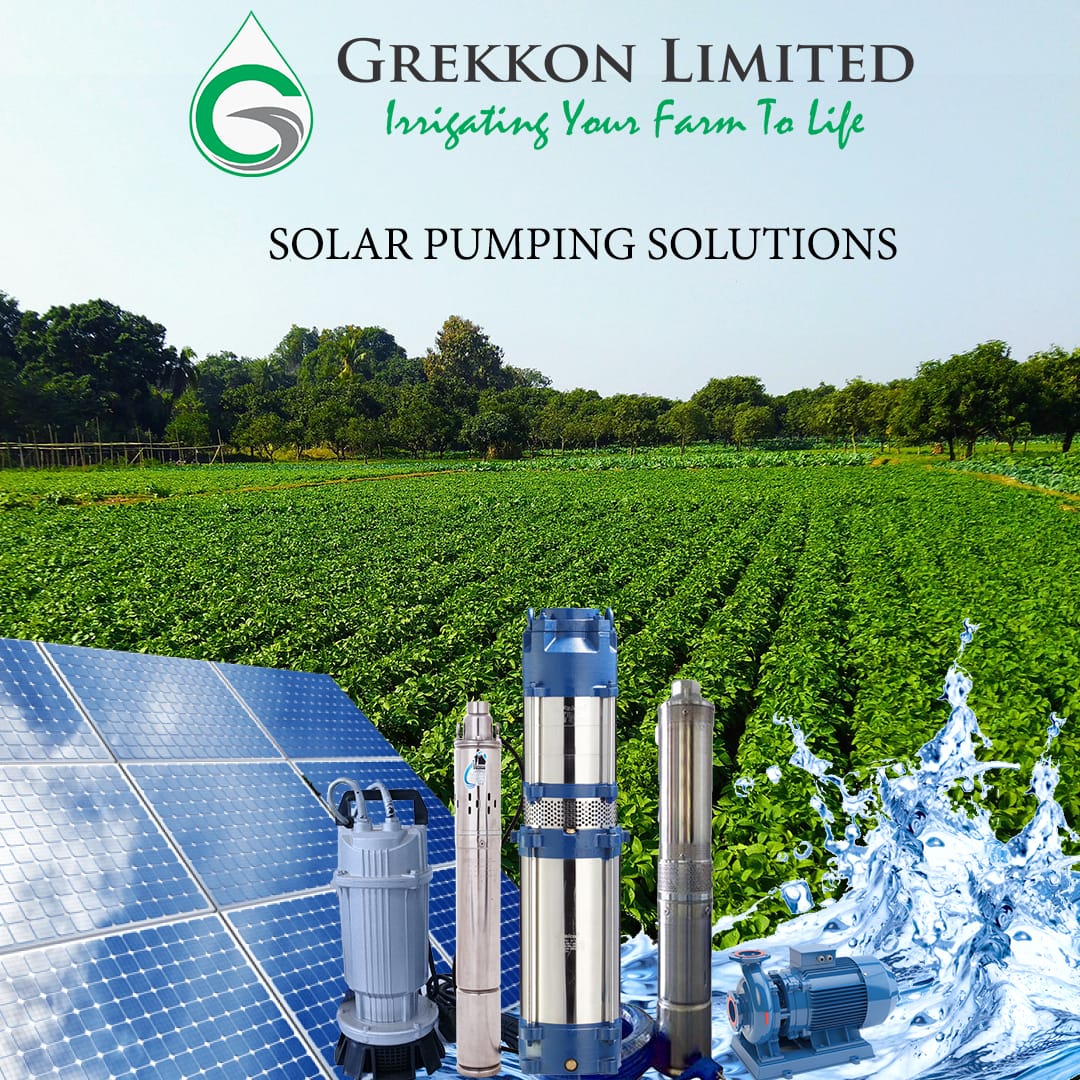


This is to request for quotations for 18 steel RAINOUT SHELTERS/greenhouses with the following measurements and details:
METALLIC TUNNEL
Width=10M
Length= 35M
Height= 3M
Galvanized Steel Structure 1.5
Gauge, Greenhouse Polythene
200 microns, Rainwatter
Gutters, Structural Profiles and
Locking Wires.
The charges should also include installation in Bondo Siaya county
Kindly address
Mr. Hisdon owiti
P.O Box 210
Bondo
Good morning Owiti,
Our Kisumu team will share with you a detailed metallic greenhouse cost quotation
Best regards,
Customer Service
thanks for the info on your website.i look forward to future interaction
Thank you sir!
Hello,
I need a couple of service from grekkon,a small green house 15m by 7m and drip irrigation installation,5000ltrs water tank.kindly reach me out with the quotation through email amanyadominic5@gmail.com or my phone number 0113766472.The location is kakuma Refugee Camp
Good morning Dominic,
Our Eldoret team will be in touch with you shortly
Best regards,
Customer Service
Kindly inform me if you can do on instalment
Good morning Gibson,
We do greenhouse construction payment on instalment basis for large projects. How big is your greenhouse?
Best regards,
Customer Service
I would like a small kitchen garden green house for my spinach ,kales , coriander,capsicum ,
I am in Syokimau,
Good morning Anne,
Your small kitchen garden greenhouse will be constructed as per your specifications. Please email us your phone contact details on info@grekkon.co.ke for us to reach you
Best regards,
Customer Service
Hello can you help me relocate my green house from Kakamega to Siaya
I would like to get in touch with you on Greenhouse.
Do you have an office in Nakuru?
Good evening Geoffrey,
We are glad to get in touch to supply your greenhouse in Nakuru. Please inbox us your contact number or reach us on 0777 157 132
Best regards,
Customer Service
I watched Grekkon greenhouse on YUTUBE and I was impressed, however, can greenhouse farming be done at Coastal region where temperatures can reach 38 degree celcius.
Good evening Hemed,
Yes it can be done. We design greenhouse types suitable for the coast
Best regards,
Customer Service
Do you accept payments by credit card ?
Good morning Stephen,
Yes we do accept credit card payments
Best regards,
Customer Service
Can i get your services in Kitale?
Good evening Sarah,
As the irrigation systems company in Eldoret, yes you can. Please share your contact number for us to reach you or call us in Eldoret on 0711 895 635
Best regards,
Customer Service